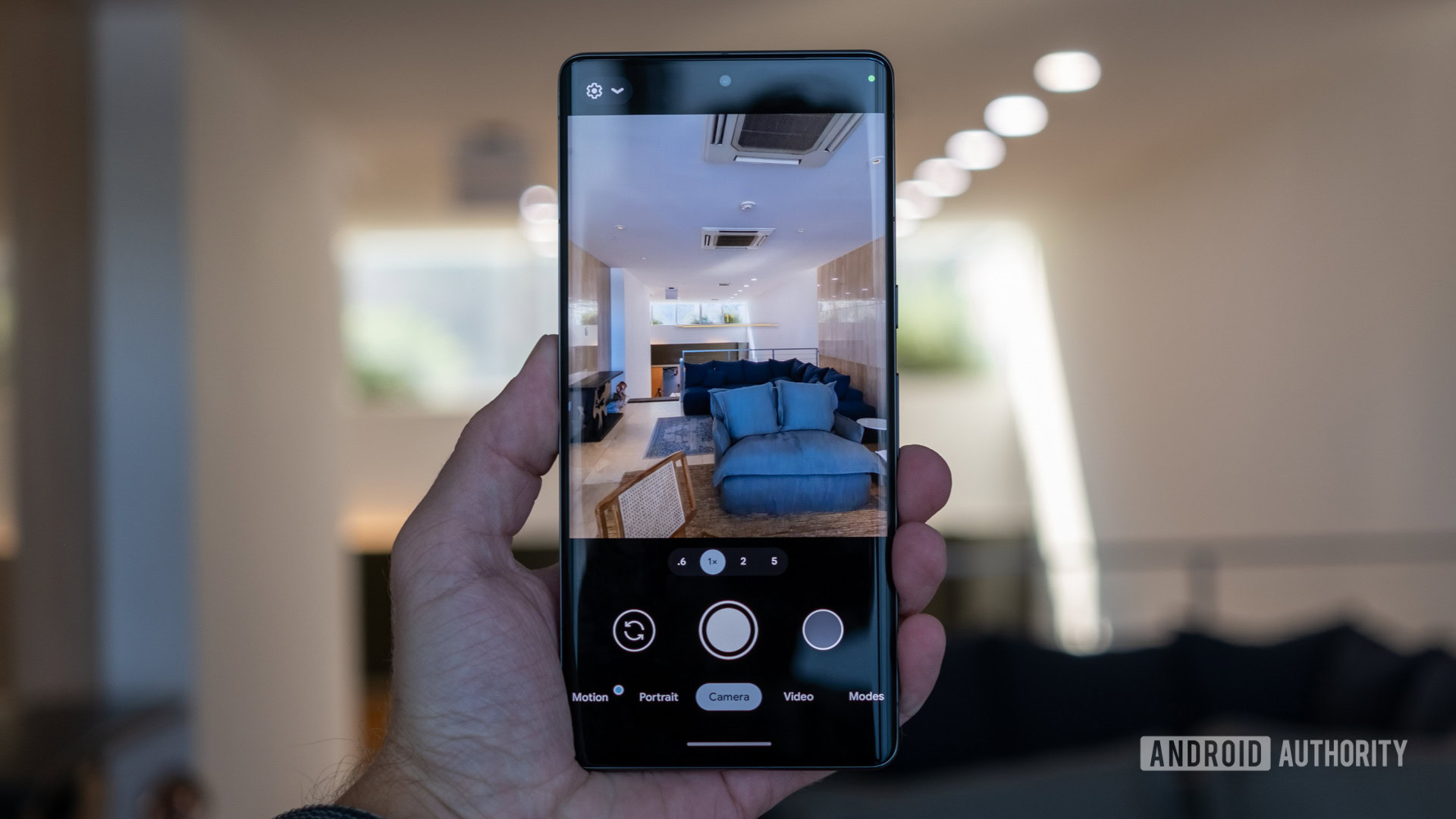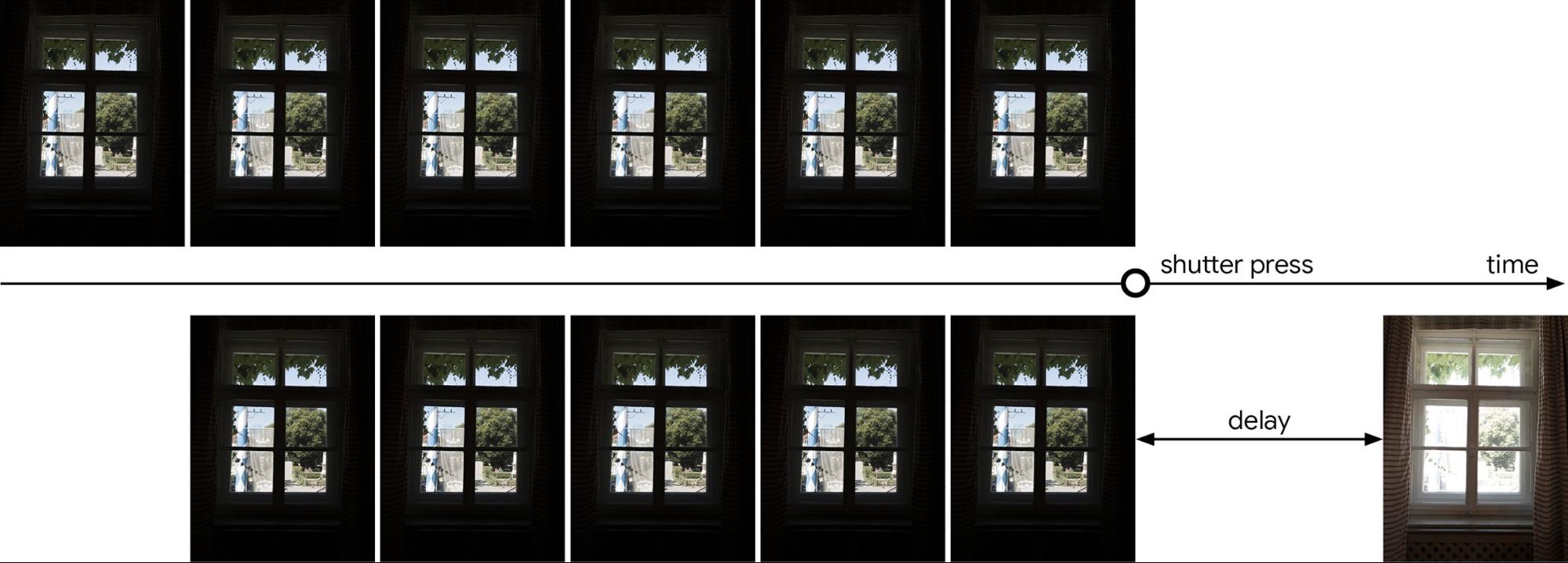Affiliate links on Android Authority may earn us a commission. Learn more.
First Google Pixel 8 camera leak points to major upgrade

- A leaker has claimed that the Pixel 8 series could gain staggered HDR tech.
- This feature offers higher quality HDR than currently available on the Pixel 7’s main camera.
- This leak also suggests that the Pixel 8 could therefore gain a sensor upgrade.
Google’s phones have long offered an HDR+ photography feature as a tentpole mode, with both the Nexus and Pixel line using this multi-frame HDR solution to improve dynamic range and reduce ghosting when taking regular snaps.
Now, tipster and developer Kuba Wojciechowski has uncovered references to 2023 Pixels gaining staggered HDR support. Wojciechowski dug into the Google Camera Go app and discovered references to the feature for 2023 devices.
The tipster also rightfully notes that the Samsung Isocell GN1 main sensor used on the Pixel 6 and Pixel 7 series don’t offer staggered HDR support. However, the Isocell GN2 indeed offers this capability, suggesting a main camera upgrade could be on the cards for the Pixel 8.
How does this compare to Google’s existing tech?
Google’s original HDR+ solution took a series of short exposures. But the company switched to HDR+ with bracketing from the Pixel 5 and 4a 5G onwards. This technique sees five short exposures captured before the shutter press and a long exposure when the shutter button is tapped.
Meanwhile, staggered HDR is Samsung’s more modern take on HDR photography. This tech captures three separate exposures (short, medium, and long) in very quick succession, then merges them for the final photo. So it seems like the medium exposure in particular is missing from Google’s HDR+ solutions, for one.
Samsung noted at the time of the GN2 launch that staggered HDR brought richer detail and more vibrant colors than the GN1’s real-time HDR mode, adding that it reduced energy consumption by up to 24%. The company has also confirmed with other sensor launches that staggered HDR is faster than conventional HDR solutions, although we’re not sure if this was in comparison to the GN1’s mode or earlier HDR implementations.
Of course, speed is life when it comes to HDR capture. And so any speed improvement here should also translate into reduced ghosting and potentially less time spent looking at the dreaded “processing” screen. Toss in other aforementioned upgrades and the Pixel 8 could deliver more efficient, higher quality HDR shots if it leans on this solution.
However, the bigger takeaway here is the fact that Google could upgrade the main camera sensor in the Pixel 8 series. Switching to a sensor like the Isocell GN2 would also open the door for improved low-light performance thanks to bigger pixels and improved autofocus via Dual Pixel Pro tech.
